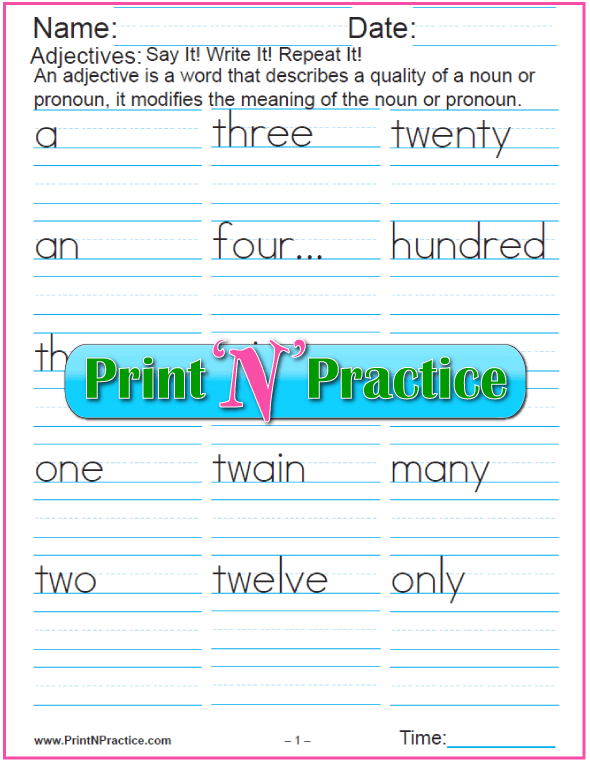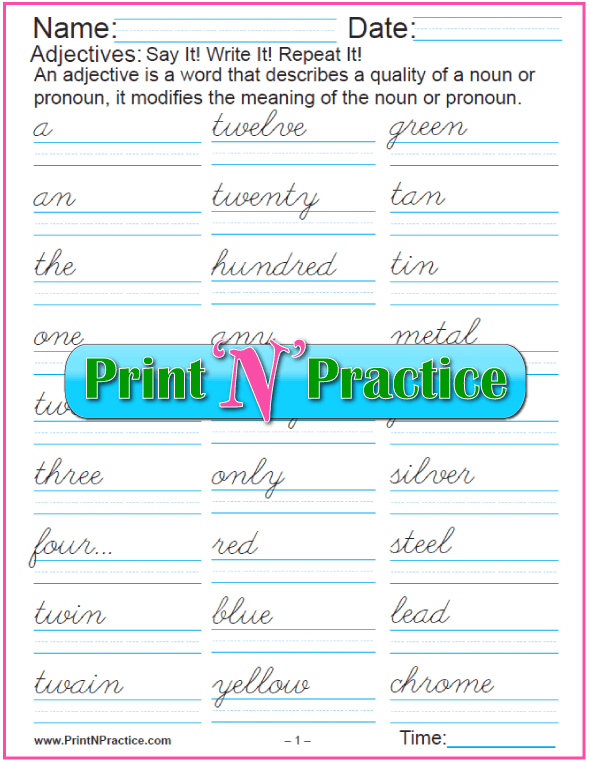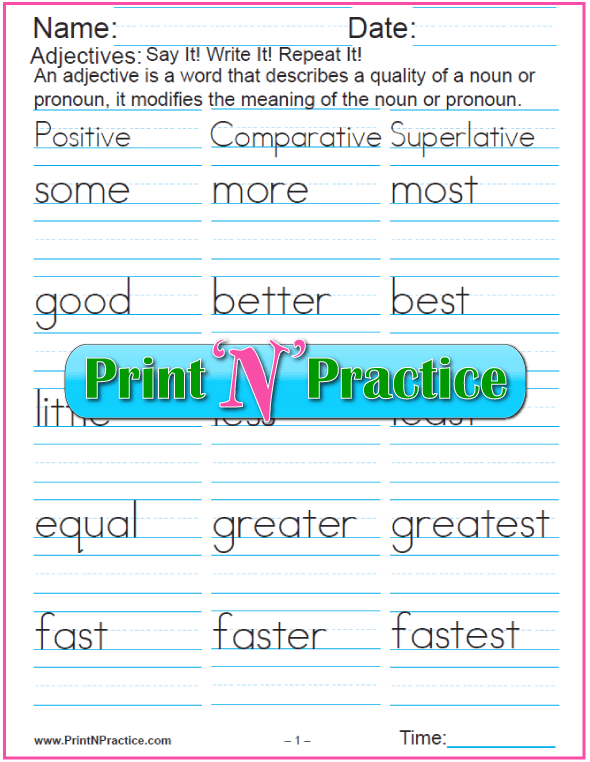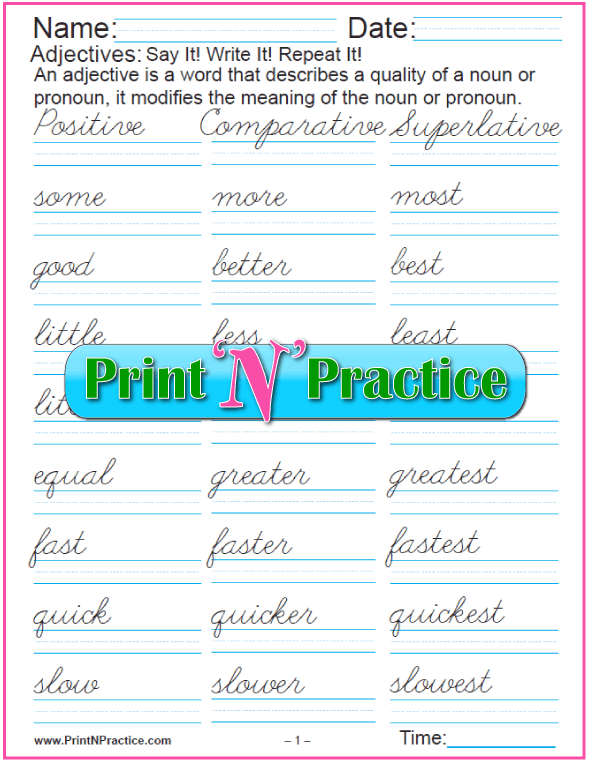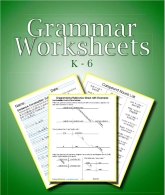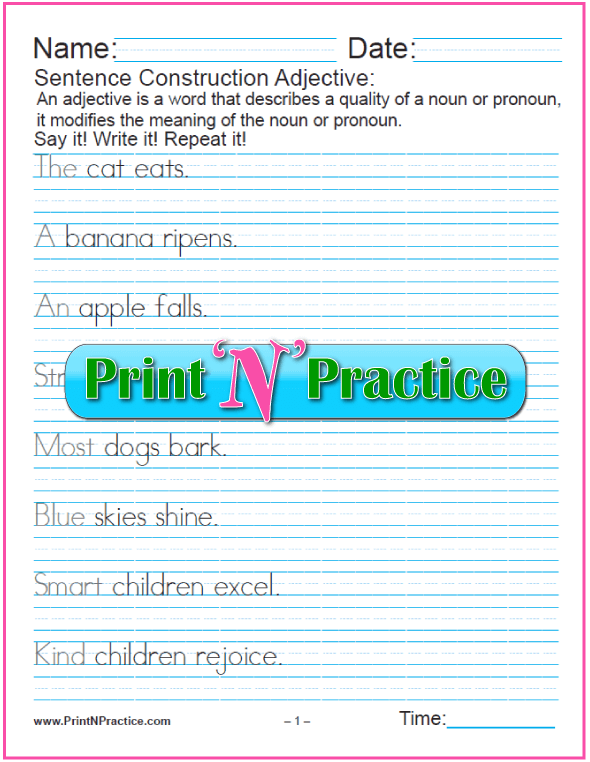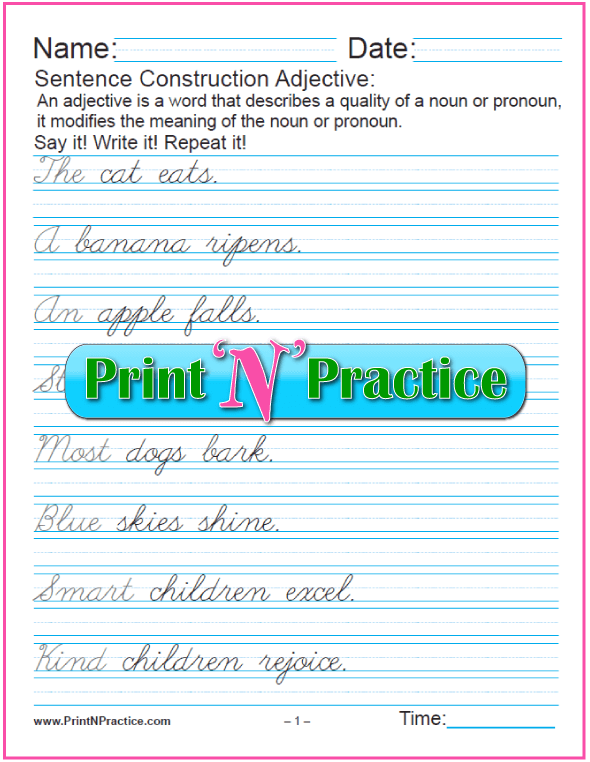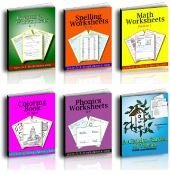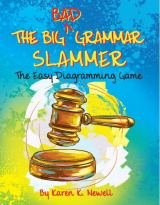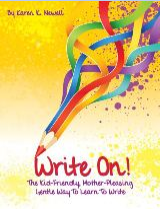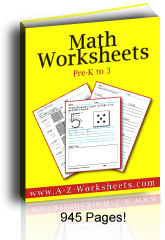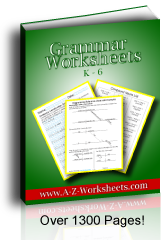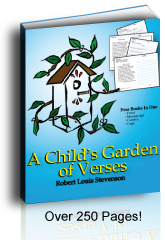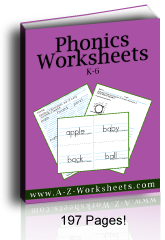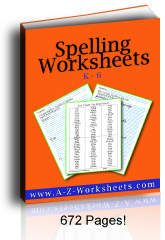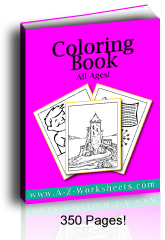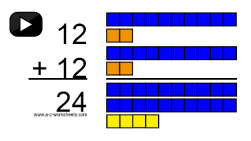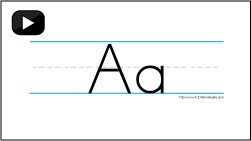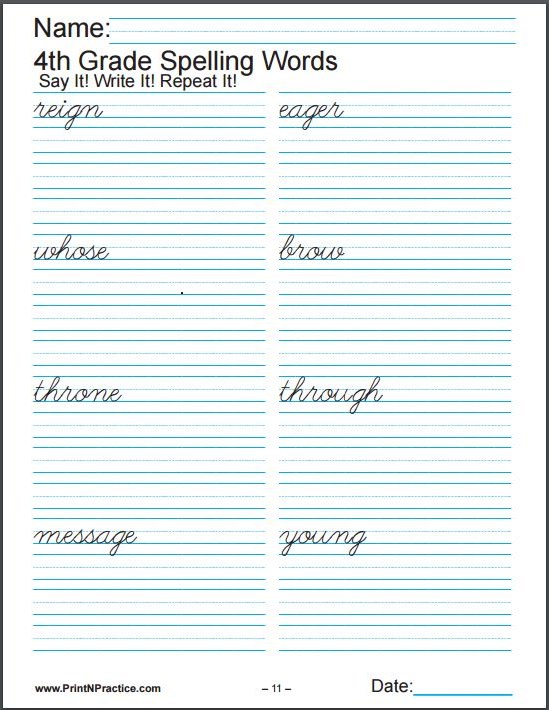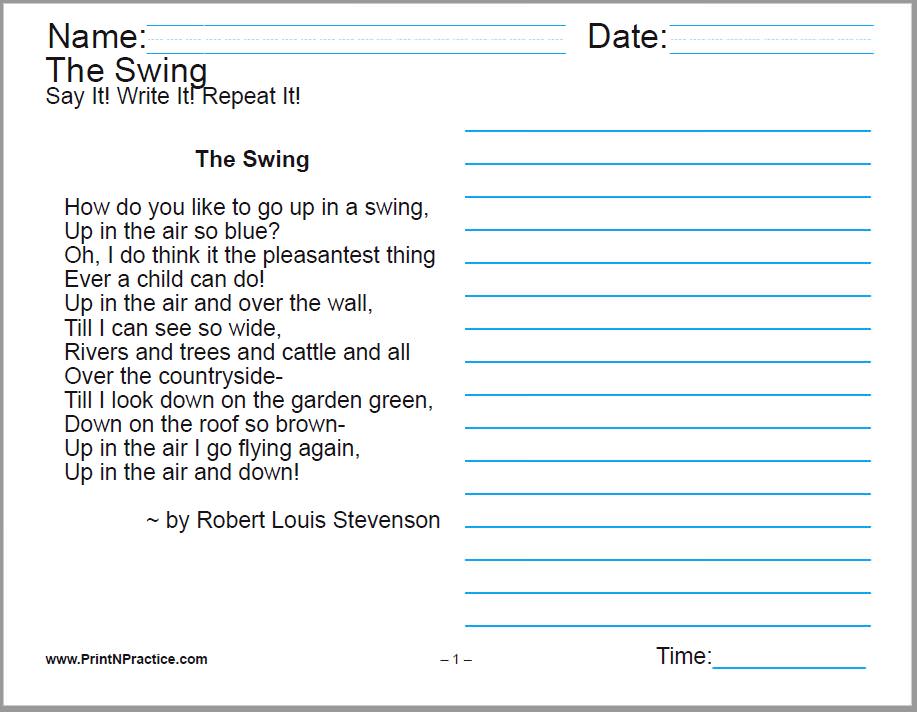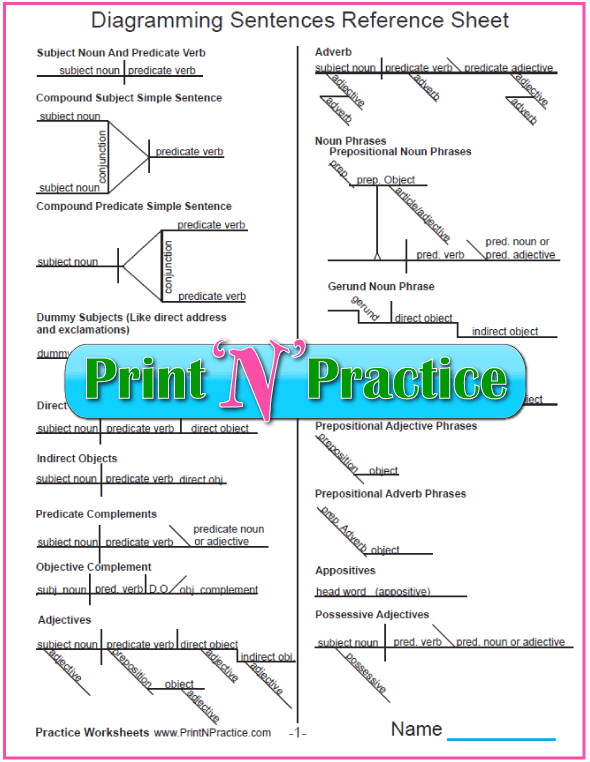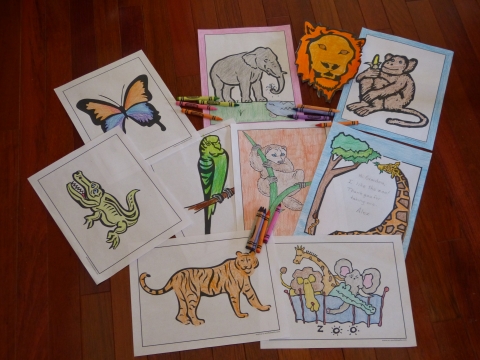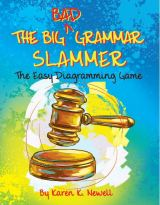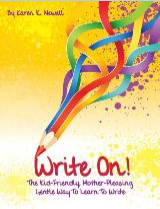Printable Adjective Worksheets
Easy Adjectives For Kids
Below our printable adjective worksheets you'll find these topics:
- What is an adjective?
- A list of adjectives with worksheets.
- The positive, comparative, and superlative: comparison of adjectives.
- Adjective phrases.
- Adjective clauses.
We have both worksheets and explanations about using adjectives on this page.
Be encouraged to stay in touch! Join my free newsletter....
Join To Receive My Free PrintNPractice Newsletters!
Free Online Worksheets For School, Homework, And Homeschool Practice
Free Online Teacher Resources - Free Homeschool Curriculum
For teachers and parents: PrintNPractice free printable worksheets are all copyright-free, digital activities for students. Use them in homeschool, interactive notebooks for online classrooms, Google classroom, distance learning, tutoring and learning pods, and hybrid school.
- No prep.
- No tracking.
- Self learning.
- Copyright free.
- Lifetime license.
- Diverse learners.
- Easy drill-and-kill.
- Interactive worksheets.
- Printable morning work.
- Paperless morning work.
- Go printable or paperless.
- Stay on track. Summer review.
- Easy elementary school curriculum.
- Remote learning packets or homework.
- Most need no answer key or key is included.
- Videos for audio and visual learners. God bless headphones!
See free teacher and homeschool digital interactive school-at-home learning exercises with no login, no sign-up, no voucher, no account, and no credit card. Loads of digital activities for device-based learning. As seen at TeachersPayTeachers.
These free Grammar downloads have several adjective worksheets with space to copy the words.
My favorites here are the positive, comparative, and superlative worksheets.
They can also give some children a real boost in spelling words that end in -er for comparative adjectives and -est for positive adjectives. See er worksheets here.
All of these adjective worksheets can be used for teaching the spelling rules and for handwriting practice in both manuscript and cursive writing.
1. First: What Is An Adjective?
Adjectives - An adjective is a word that describes or defines a quality of a noun or pronoun, it modifies the meaning of the noun or pronoun. I like red apples. The adjective “red” describes the noun “apples”.
Adjectives are descriptive words that qualify or quantify a noun.
2. List Of Adjectives
Common Adjective Worksheets
Manuscript Adjectives List
Cursive List Of Adjectives
See all our PrintNPractice printables in affordable bundles here .
3. Comparative Adjectives And Comparison Adjective Worksheets
The Positive, Comparative, and Superlative
Comparison of Adjectives
In grammar comparison is a variation of an adjective to express different degrees of quality:
- positive,
- comparative, and
- superlative adjectives.
This is true of adverbs as well.
The usual comparative form adds –er and –est to the positive form.
Follow the spelling rules for adding endings that begin with a vowel in the cases of words that end in silent final e or end in the vowel y.
- Add –er to the positive to make the comparative form, and
- add –est to the positive form to make the the superlative form.
When the word ends in y or silent final e follow the rules for adding endings that begin with a vowel.
Double the last consonant for a 1-1-1 word (one syllable, one short vowel followed by one consonant) since the endings –er and –est begin with vowels.
- Positive – brown, true, pretty
- Comparative – browner, truer, prettier
- Superlative – brownest, truest, prettiest
- Another progression - good, better, best
- A negative progression - bad, worse, worst
Adjectives and adverbs that have three or more syllables are prefaced with more/less (comparative), and most/least (superlative).
- some, more, most
- brilliant, more brilliant, most brilliant
- disagreeable, less disagreeable, least disagreeable (double negative) which means that this comparison gets better :-)
Positive adjectives that add the ending –ish express the diminutive, or suggest a small amount: brownish.
Prefacing positive adjectives with rather or somewhat gives a diminutive effect as well.
Preface these words with more/less and most/least for the comparative degree and the superlative degree.
Good is an adjective and well is an adverb. Both positives form their comparative and superlative with better and best
- good, better, best;
- well, better, best.
Some adjectives cannot be compared since they represent an absolute degree: square, infinite.
Comparative And Superlative Adjectives Worksheets
Many children like thinking up their own comparative adjectives. When you see this, you know they've got the idea. :-)
Manuscript Comparison Adjective Worksheets
Cursive Comparison Adjective Worksheets
Article Adjectives
The Main Articles Are A, An, The
Articles are adjectives and the basic articles are three:
- a
- an
- the
The words "a" and "an" are indefinite articles as they do not (in-) describe a definite thing. What's the difference? Use "an" in front of a word, describing a word, that begins with a vowel sound.
- I would like a banana.
- I would like an apple.
The word "the" is a definitive article because it does define a particular thing.
Sentence Adjective Worksheets
Manuscript Sentence Adjective Worksheets
The first three sentences in these worksheets show articles as adjectives.
Cursive Writing Sentence Adjective Worksheets
Definitive Adjectives – Pronomial Adjectives
Pronomial Adjectives are definitive and may represent a noun understood without an article. (An article is an adjective that points to a noun or pronoun, it shows that a noun or pronoun is coming in the sentence: a or an, the.)
- Demonstrative Pronouns – this, that, these, those, former, latter, both, same, yonder.
- Distributive Pronouns – each, every, either, neither.
- Indefinite Pronouns – all, any, another, certain, enough, few, little, many, much, no, none, one, own, other, several, some, which, whichever, whichsoever, what, whatever, whatsoever.
Some Pronomial Adjectives can be compared like descriptive adjectives: few, fewer, fewest; little, littler, littlest, much, more, most.
Numeral Adjectives are definitive and denote number and order definitively: two, three, fourth, fourfold…
There are three classes of numeral adjectives: cardinal, ordinal, and multiplicative.
- Cardinal numeral adjectives denote the number of objects – three, one hundred, a thousand
- Ordinal numeral adjectives denote the position of an object in a series of objects: third, hundredth, thousandth
- Multiplicative numeral adjectives denote how many times: threefold, hundredfold…
4. Adjective Phrases
Adjective Phrase - An adjective phrase is a group of words that do not form a clause, because they do not have both a subject and a verb, yet describe the quality of a noun or pronoun.
A prepositional phrase can be used as an adjective phrase to modify a noun or pronoun, or as an adverb to modify a verb an adjective, or an adverb.
Example:
The boy in green is one of her brothers.
Boy is a noun described by the adjective phrase in green and of the prepositional phrase of her brothers.
5. Adjective Clauses
Adjective Clause - An adjective clause is a dependent clause that describes the quality of a noun or pronoun and is introduced by a relative adverb, a relative pronoun, or a relative adjective which makes it a relative clause as well.
She has improved her vocabulary since she has studied so hard. The relative adverb since starts the adjective clause.
You might also like our noun worksheets and printable adverbs worksheets.
Thank you for visiting our printable adjective worksheets.
~Mary
* American English Grammar And Writing Worksheets
<< This download has my favorite grammar PDFs for practice in elementary and middle school grammar lessons.
If you like the samples on this page, you'll love the grammar download which includes diagramming charts and English Grammar Definitions ebook.
These are great for easy practice and for ESL students.
Get the set. And enjoy!
* Karen Newell's Grammar And Writing Worksheets
Fast way to teach basic grammar!
Simple step by step workbook.
* Elizabeth O'Brien's English Grammar Revolution
Elizabeth O'Brian has the best diagramming workbooks I've seen. Her website also has videos to go with each lesson.
Buy PDF Kids Printable Worksheets Organized By Topic In Complete Digital Bundles Or Learn More Below.

Mary Fifer, BSBA is webmaster, author, and researcher at PrintNPractice.com. She has created elementary school practice exercises using printable or digital interactive worksheets. Perfect for today's teachers, tutors, homeschoolers, and students!
Thank you for visiting and for sharing. :-)
Be encouraged to stay in touch! Join my free newsletter....
